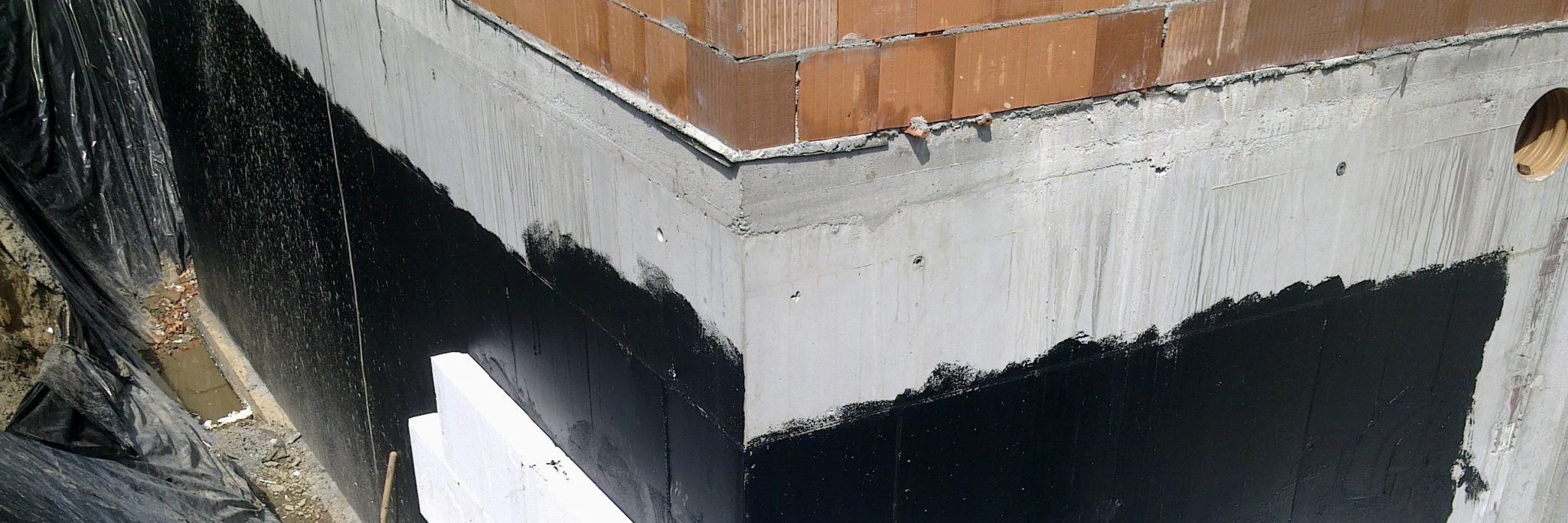
Gypsum
August 27, 2021
PMMA (polymethyl methacrylate)
October 14, 2021What is Waterproofing?
Waterproofing is a process or method used to protect buildings, facades, and interiors from the negative effects of water and moisture. Its primary purpose is to shield the structure of a building from the destructive impact of water and harmful substances it may contain. Water, acting as a carrier of damaging chemicals, can compromise thermal insulation and structural elements. Waterproofing is a crucial stage in constructing a safe and durable home.
Functions of Waterproofing
Waterproofing serves several essential functions, all aimed at safeguarding buildings from water infiltration and moisture damage:
- Protecting the building structure – Waterproofing prevents water from penetrating the interior of the building. Without proper waterproofing, water exposure can lead to structural deterioration.
- Preventing mold and fungus growth – Moist environments encourage mold and mildew development, which can harm residents' health and damage building materials.
- Shielding against harmful substances – Water carries chemical compounds that may weaken insulation layers and corrode building components.
Waterproofing – A Necessity for Every Building
Waterproofing is essential both during construction and for existing buildings. Implementing effective waterproofing at the early stages of construction ensures long-term protection from moisture and water intrusion, minimizing the risk of damage and costly repairs in the future.
Types:
Waterproofing methods can be classified based on:
1. Application type:
- Vertical – Used on walls and foundations
- Horizontal – Applied to floors and roofs
2. Protection level:
- Moisture-resistant – Protects against damp conditions
- Against water pressure – Defends against pressurized water infiltration
3. Degree of protection:
- Lightweight – Shields against surface moisture
- Medium-grade – Protects against direct rain, capillary water, and seepage
- Heavy-duty – Defends against high water pressure
4. Material types:
- Bituminous
- Mineral-based
- Hybrid
- Synthetic (plastic-based membranes)
Important: The choice of waterproofing materials depends on the specific application and the level of protection needed.
Why Is Waterproofing So Important?
Waterproofing is a key element in protecting buildings from the negative effects of water and moisture. Proper waterproofing prevents structural deterioration, mold formation, and material degradation, ensuring a long-lasting and safe environment.
By securing foundations, facades, roofs, basements, terraces, and balconies, waterproofing extends the lifespan of a building. Using high-quality materials and professional installation guarantees effective protection, preventing future costly repairs.
If you are planning a new construction or renovating an existing building, consulting a waterproofing expert is highly recommended. They can help choose the best solutions and materials tailored to your specific needs.
Reliable waterproofing is an investment in the durability and safety of your building for years to come!
Need expert advice?
Check out our Waterproofing Guide – Part 1 for in-depth knowledge!








